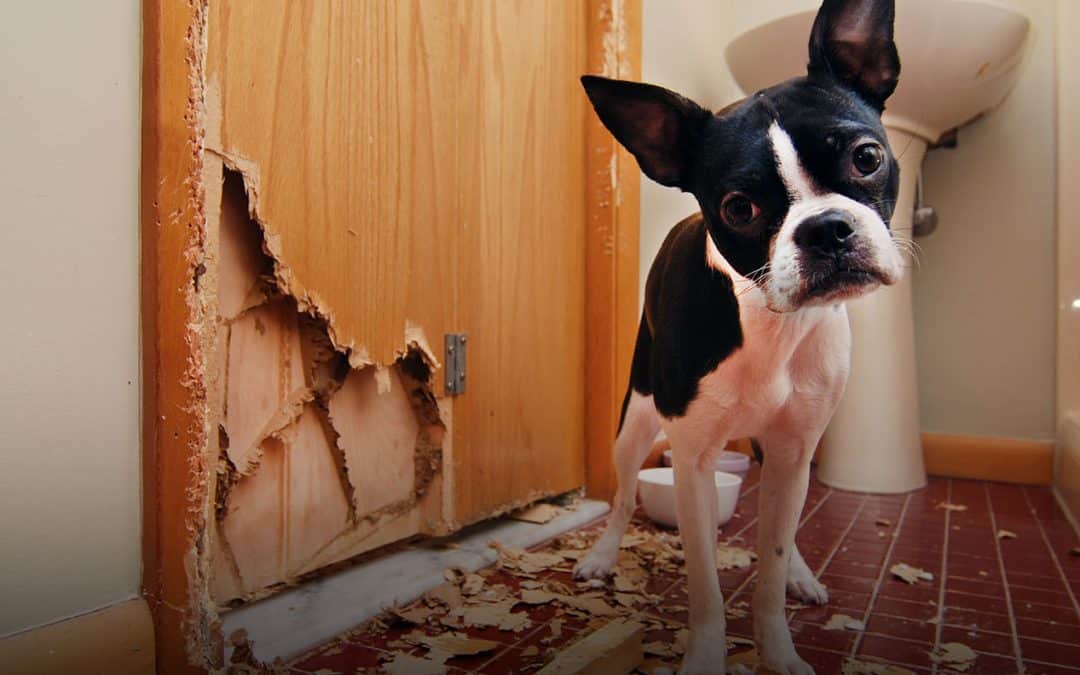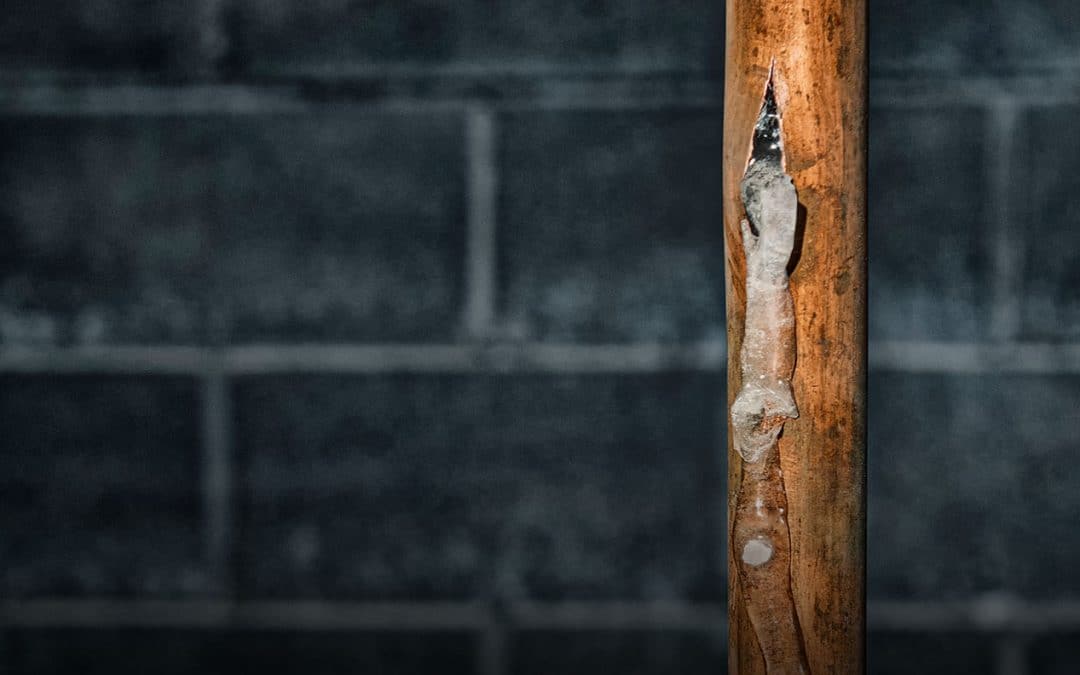No homeowner wants to experience a sewage backup. Not only is it a health and safety risk, but it can be expensive to clean up. When the sewer system is backed up, your home could suffer damage to several things like the floors, walls and your personal belongings.
What cause a sewage backup
There are many causes of sewer backups, but the most common, according to the Insurance Information Institute, are things like aging sewer systems, combined pipelines, tree roots and sanitary main blockages.
How to prevent a sewage backup
To prevent a sewage backup from occurring, it is recommended to get regular sewer inspections. Some plumbing companies will annually clean existing drains and inspect for damage. Other ways you can try to prevent potential disasters are:
- Maintain tree roots around your home by making sure they are regularly cut
- Properly dispose of cooking oils (do not throw them down your drain)
- Properly dispose of paper products by throwing them in the trash and not the toilet. These types of products include feminine products, disposable diapers, and hygienic wipes
The Insurance Information Institute also recommends having a licensed plumber install a backwater prevention valve in your basement. Having one of these allows sewage to go out of your home and blocks it from flowing back inside.
In addition, French drains, sump pumps, and other flood control systems should not be connected to your sanitary sewer as debris and silt will clog the line.
What to do if you have a sewage backup
If you experience a sewage backup, the first thing to do is open your windows and call a licensed plumber. Water damage experts can assist with wet-vacuuming or removal of raw spillage.
Does homeowners insurance provide coverage for sewage line damage?
When you insure your home with MAPFRE, your standard homeowner’s insurance policy typically covers your losses should certain events like a major fire, heavy rain, or heavy snow damage your home’s interior or exterior.
When you add MAPFRE’s Home Systems Protection and Service Line coverage, homeowners receive coverage for home systems breakdowns, both mechanical and electrical, and underground exterior service lines.
Under MAPFRE’s Service Line coverage, a covered service line is defined as exterior underground piping and wiring, including permanent connections, valves or attached devices providing one of the following services to your “residence premises”:
- Communications, including cable transmission, data transmission, internet access and telecommunications
- Compressed air
- Drainage
- Electrical power
- Heating, including geothermal, natural gas, propane, and steam
- Waste disposal
- Water
A covered service line must be owned by the homeowner and that homeowner must be responsible for its repair or required by law, regulation, or service agreement. A covered service line does not include:
- Piping or wiring that is not connected and ready for use
- Piping or wiring that runs through or under a body of water, for example a swimming pool, pond, or lake
- Piping or wiring that runs through or under the dwelling or other structure, such as a driveway, walkway, or deck
To learn more how MAPFRE’s Home Systems Protection and Service Line coverage can benefit you, contact your local independent agent in your state today. And if you’re not already insured with MAPFRE in Massachusetts, get a fast, free quote online today!



